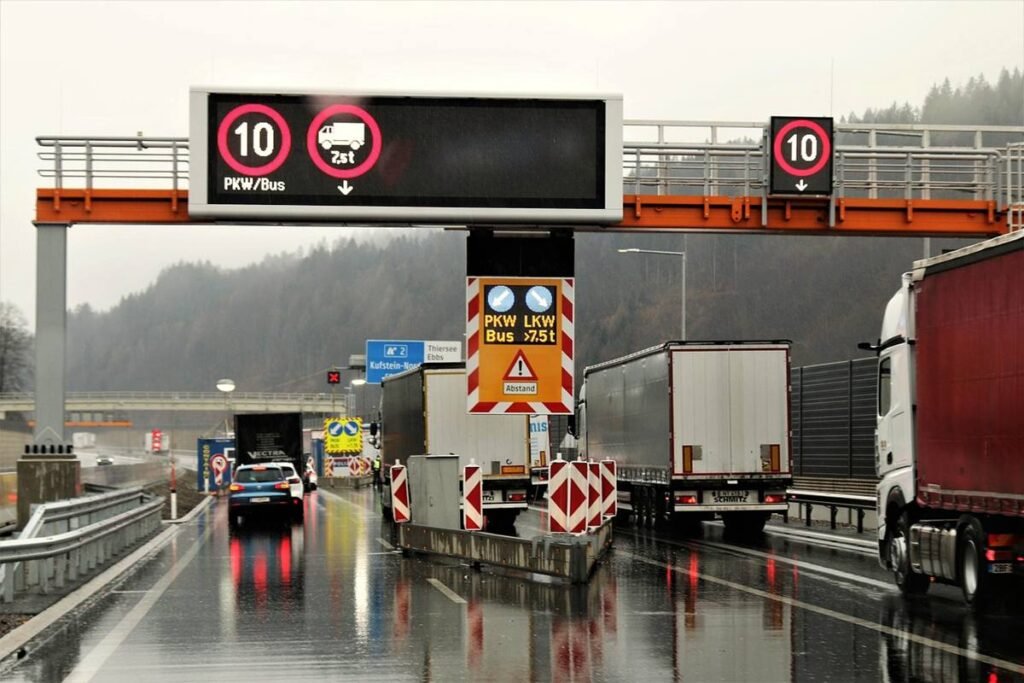The EU’s Member States will start progressively introducing Europe’s new digital border system, the Entry/Exit System (EES), across their external borders from 12 October.

From this date, Member States will start electronically registering the data of non-EU nationals crossing the EU’s external borders for short stays (90 days in any 180-day period). This will be done progressively, over a period of six months.
During the progressive roll-out, Member States will be able to decide at which Border Crossing Points they will start deploying the system and when. This allows Member States to start benefitting from the new system, whilst ensuring that border authorities, the transport industry and travelers can adjust to the new procedures.
At the end of this period, the EES will be fully deployed at all border crossing points and passport stamping will be replaced with electronic records in the system. It will provide reliable data on border crossings, systematically detect overstayers as well as cases of document and identity fraud.
The EES will be rolled out progressively over a period of 6 months, until 9 April 2026. As of 10 April 2026, the EES will be fully operational at all external border crossing points and passport stamping will be replaced with electronic records in the system.
At border crossing points where the EES is in place, non-EU nationals will have their passport data, biometric data (facial image and fingerprints) and entry or exit data registered in the EES. This is done at the first entry and at the first exit; for each subsequent entry and exit, only a fast verification will be needed.
Some countries may decide to further automate their processes with self-service systems.